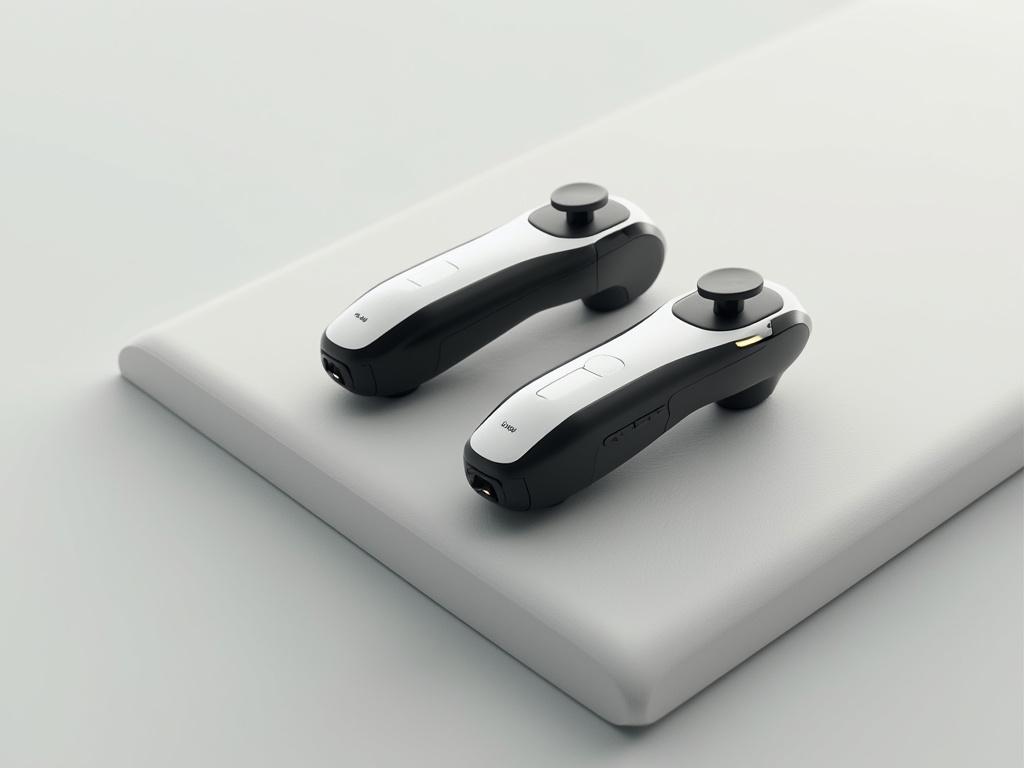Meta’s New EMG Wrist Controller: A Major Leap in AR Gesture Recognition Technology

Meta Reveals Breakthrough in Wrist-Control Technology for AR Glasses
Meta has announced a significant advancement in wearable technology with its groundbreaking electromyography (EMG) wrist controller, achieving over 90% accuracy in gesture recognition for AR and VR interactions. The breakthrough, detailed in a recent Nature publication, could transform how humans interact with digital content.
The Next Wave of Digital Interface
Meta's latest innovation uses differential electromyography to detect subtle muscle movements in the wrist, translating them into digital commands. This technology eliminates the need for traditional input devices like keyboards and mice, offering a more intuitive method to interact with augmented reality environments.
Advancing Human-Computer Interaction
The company's research team has developed sophisticated machine learning models that can interpret neural signals from wrist muscles with unprecedented accuracy. "Our sEMG decoding models performed well across users without requiring person-specific training or calibration," Meta reported in their research findings.
Technical Capabilities
- Recognition of basic gestures like tapping, swiping, and pinching
- Handwriting detection and translation
- Cross-participant performance accuracy exceeding 90%
- Ability to function with the user's hand at rest
Future Implementation and Impact
Meta plans to integrate this technology into their consumer AR glasses, scheduled for release in 2027. This timeline aligns with CEO Mark Zuckerberg's vision that smart glasses will eventually replace smartphones as the primary digital interface.
Broader Applications
The implementation of this technology extends beyond consumer applications:
- Enhanced business productivity through seamless digital interaction
- Improved situational awareness while accessing information
- Increased accessibility for individuals with mobility limitations
Technology Adoption Considerations
Understanding the implications of this emerging technology requires:
- Monitoring AR technology developments
- Evaluating potential workplace applications
- Exploring current gesture-based interfaces
- Examining privacy considerations in wearable technology
This advancement marks a pivotal moment in human-computer interaction development, though important discussions about privacy and social implications continue as AR adoption approaches mainstream use.

